
Nikk Ogasa is a staff writer who focuses on the physical sciences for Science News, based in Brooklyn, New York. He has a master's degree in geology from McGill University, where he studied how ancient earthquakes helped form large gold deposits. He earned another master's degree in science communication from the University of California, Santa Cruz. His stories have been published in Science, Scientific American, Mongabay and the Mercury News, and he was the summer 2021 science writing intern at Science News.

Trustworthy journalism comes at a price.
Scientists and journalists share a core belief in questioning, observing and verifying to reach the truth. Science News reports on crucial research and discovery across science disciplines. We need your financial support to make it happen – every contribution makes a difference.
All Stories by Nikk Ogasa
-
 Climate
Climate2022’s biggest climate change bill pushes clean energy
Experts weigh in on the pros and cons of the United States’ first major climate change legislation, the Inflation Reduction Act, signed this year.
-
 Physics
Physics50 years ago, physicists found the speed of light
In the 1970s, scientists set a new maximum speed limit for light. Fifty years later, they continue putting light through its paces.
-
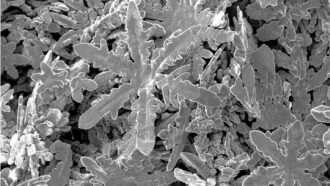 Chemistry
ChemistryHow to make tiny metal snowflakes
In a pool of molten gallium, researchers grew symmetrical, hexagonal zinc nanostructures that resemble natural snowflakes.
-
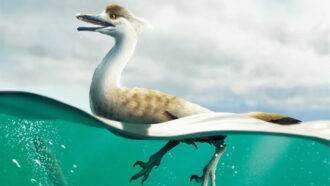 Paleontology
PaleontologyThis dinosaur may have had a body like a duck’s
Natovenator polydontus may have been adapted for life in the water, challenging the popular idea that all dinos were landlubbers.
-
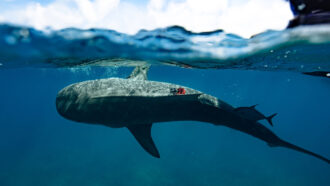 Ecosystems
EcosystemsTiger sharks helped discover the world’s largest seagrass prairie
Instrument-equipped sharks went where divers couldn’t to survey the Bahama Banks seagrass ecosystem.
-
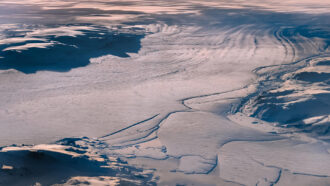 Climate
ClimateGreenland’s frozen hinterlands are bleeding worse than we thought
An inland swath of the Northeast Greenland Ice Stream is accelerating and thinning. It could contribute much more to sea level rise than estimated.
-
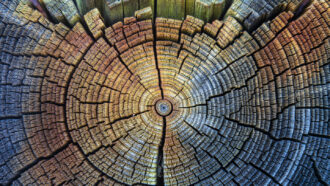 Earth
EarthCatastrophic solar storms may not explain shadows of radiation in trees
Tree rings record six known Miyake events — spikes in global radiation levels in the past. The sun, as long presumed, might not be the sole culprit.
-
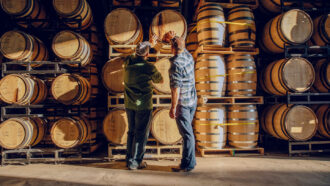 Chemistry
ChemistryMixing gold ions into whiskey can reveal its flavor
By changing the spirit’s color, the formation of gold nanoparticles can reveal how much flavor a whiskey has absorbed from its wood cask.
-
 Humans
HumansHere’s where jazz gets its swing
Swing, the feeling of a rhythm in jazz music that compels feet to tap, may arise from near-imperceptible delays in musicians’ timing, a study shows.
-
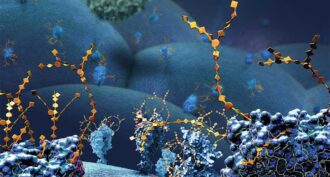 Chemistry
ChemistryA way to snap molecules together like Lego wins 2022 chemistry Nobel
Click chemistry and bioorthogonal chemistry allow scientists to build complex molecules in the lab and in living cells.
-
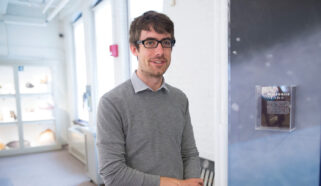 Planetary Science
Planetary ScienceRobin Wordsworth re-creates the atmosphere of ancient Mars
Robin Wordsworth studies the climates of Mars and other alien worlds to find out whether they could support life.
-
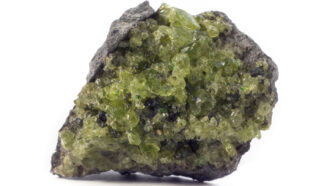 Earth
EarthHere’s how olivine may trigger deep earthquakes
Olivine’s transformation into another mineral can destabilize rocks and set off quakes more than 300 kilometers down, experiments suggest.